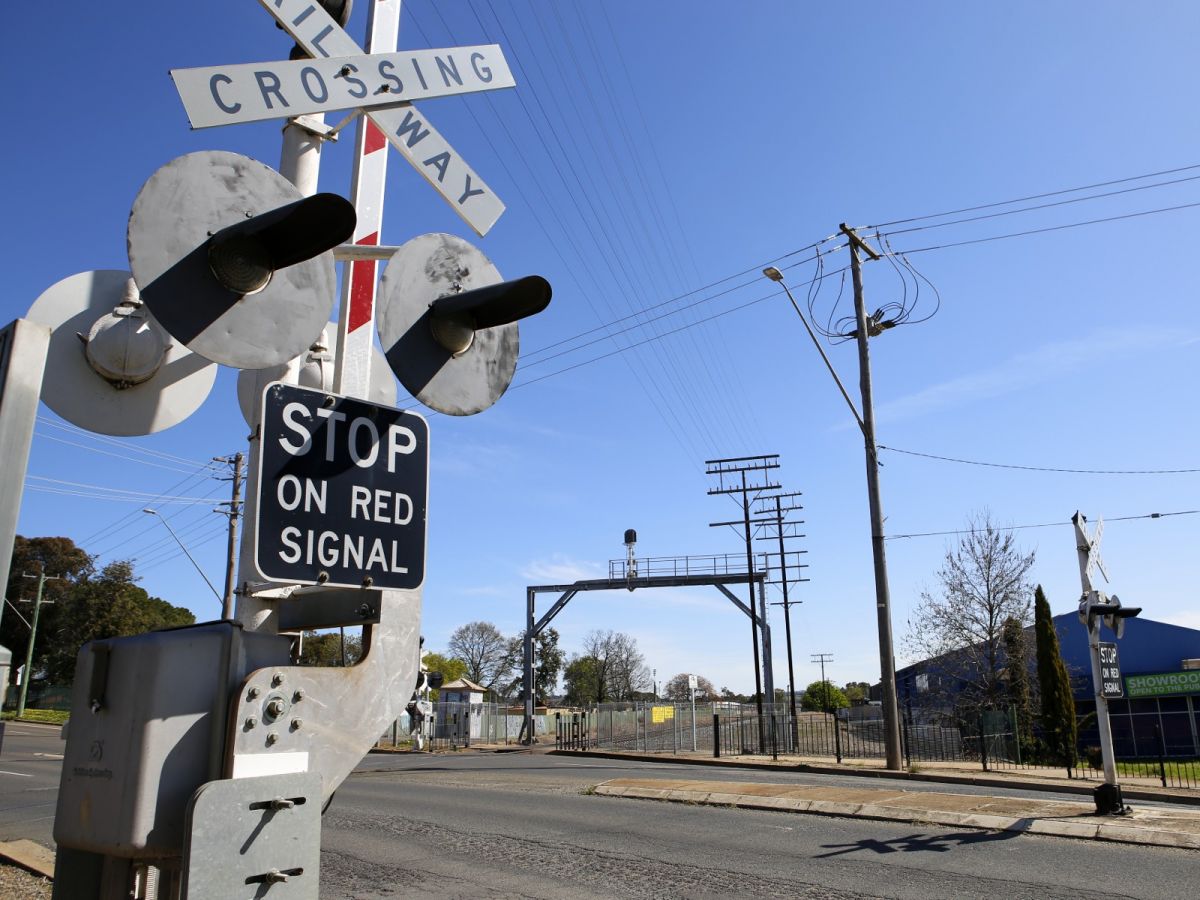
Council statement on Inland Rail submission
Published: 08 Dec 2023 11:53am
Wagga Wagga City Council has made a submission in response to two reports on the Albury to Illabo Inland Rail (A21) section of the Inland Rail project, which once again highlights items of concern and raises fundamental issues with the approach taken by the proponent.
The Australian Rail Track Corporation Limited (ARTC) released its Response to Submissions (RTS) on the Environmental Impact Statement (EIS) and the Preferred Infrastructure Report (PIR) on 14 November 2023.
Submissions on these reports were required by 6 December 2023.
Director Strategy and Projects Phil McMurray questioned whether it was reasonable to allow Council and the general public only three weeks to respond to the RTS and PIR.
“There are 34 files and folders, 709MB of data and we estimate in the region of 6000 pages of report, and these documents are, in places highly technical,” Mr McMurray said.
“This has all the hallmarks of a ‘rubber stamping’ process as is the fear of the inhabitants of this city.”

Council staff have undertaken a critical review of the RTS and PIR to ensure that public concerns raised during the EIS consultation period have been properly addressed.
Mr McMurray said while Council supports Inland Rail and the opportunities the nationally significant project has for our community, it is important to ensure the best interests of the community of Wagga Wagga are represented.
“It is with extreme dismay that the review of the A2I RTS and PIR has revealed the proponents' continued failure to properly assess the future operational impacts of the project, nor adequately address the submissions made by the local community,” Mr McMurraysaid.
“As raised previously, Council continues to believe the most significant impacts of Inland Rail on our community are mainly operational.
“The majority of the adverse effects on local businesses and services Council raised in the submission made to the EIS have been insufficiently considered.
“Our position remains that all impacts of Inland Rail - instantaneous and developing - must be fully assessed and addressed before construction commences as the community will be left with no opportunities for recourse once the Inland Rail project has been completed.
“The risks that the City of Wagga Wagga and the local community will be left with adverse impacts with no avenues for rectification available from any level of government must be mitigated before the project proceeds any further.”

Council's key concerns based on its review:
- Failure to mitigate significant impacts on the Wagga Wagga road network expected to result from increased rail operations and level-crossing closures, particularly on traffic wait times at level crossings.
- Failure to mitigate sound and vibration impacts with the currency of the project, instead proposing to address these at an unspecified date.
- Failure of the sound and vibration study to include certain areas covered by the study, namely Lloyd.
- Failure to include sufficient mitigation measures for the decreased safety of Edmondson Street bridge, which is being raised to a 10% slope with no design redundancy for the road user.
- Failure to resolve numerous outstanding issues including:
- The misrepresentation of Council’s position regarding Edmondson Street bridge speed limits and design.
- Poor consideration of train operations, speeds.
- Incorrect assumptions regarding the Bomen viaduct’s condition.
- Reduction in operational assessments to only consider the Parkes to Melbourne portion of Inland Rail.
“It is made plainly evident by the responses to the EIS submissions put forth by Inland Rail that there is still a clear, fundamental disconnect between what the proponents believe the scope of the project to be and the responsibilities they have to assess and address the impacts of A2I,” Mr McMurray said.
“Based on the responses in the RTS and PIR, Inland Rail has made it clear they still believe they are only required to consider the impacts of the project directly where construction works are to be undertaken to accommodate double stacked trains.”
You can read Council’s full submission here: Inland Rail A2I RTS PIR Response (PDF, 215.2 KB)
